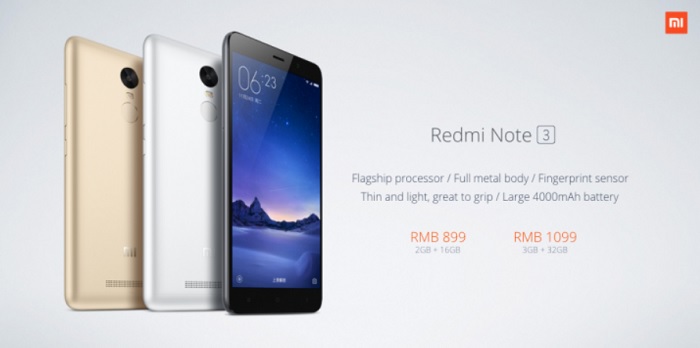Xiaomi Redmi Note 3 vs. Redmi Note 2 specs comparison: How do devices stack up?
Xiaomi has just launched three new products, and one of these is the new Redmi Note 3. The product has been a surprise for some Xiaomi fans, particularly since its predecessor, the Redmi Note 2, was released just last August.
How different is the new Redmi Note 3 from its predecessor?
Design and features
Although the two smartphones are under the same Redmi Note lineup, the new Redmi Note 3 is a premium phone compared the one launched earlier this year, not only in design but in overall specs.
First, the Redmi Note 3 is the rebranded Redmi Note 2 Pro that was supposed to come out later this year, noted The IB Times. The company decided to rename it at the last minute to announce to fans that the new iteration is not just an overhauled Redmi Note 2 (much like how Apple rebrands updated iterations with "S"), but an entirely new handset from the same lineup.
For the form factor, although the two look the same at first glance, checking out the Redmi Note 3 will reveal that there are huge differences in the design. For one, Xiaomi has abandoned that polycarbonate build of the Redmi Note 2 in favor of an all-metal chassis for the new edition. In addition, the Redmi Note 3 also sports a fingerprint scanner, a feature glaringly absent from its predecessor.
Under the hood
Tech specs for both iterations are very much the same. For the display, both Redmi Note iterations sport a 5.5-inch screen with 1080p resolution. Under the hood, both Redmi Note iterations also feature the same octa-core MediaTek Helio X10 processor.
Meanwhile, although the Redmi Note 2 and the newer Redmi Note 3 have the same storage options (16- and 32-GB editions), the newer iteration has the advantage of two RAM options, in 2- and 3-GB editions. The Redmi Note 2, on the other hand, only has 2 GB of RAM onboard.












